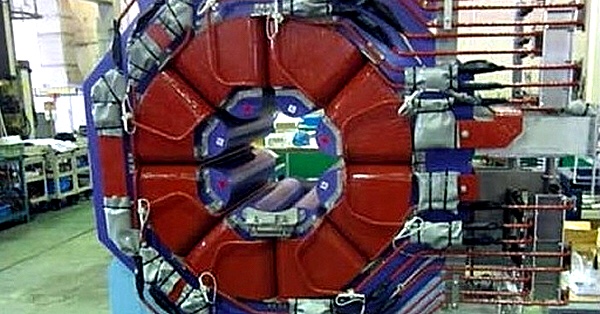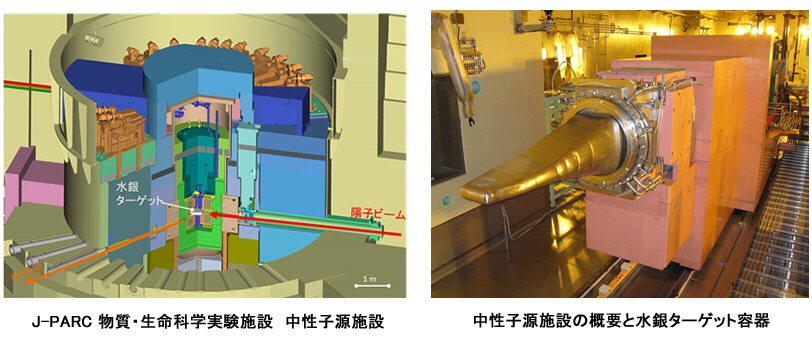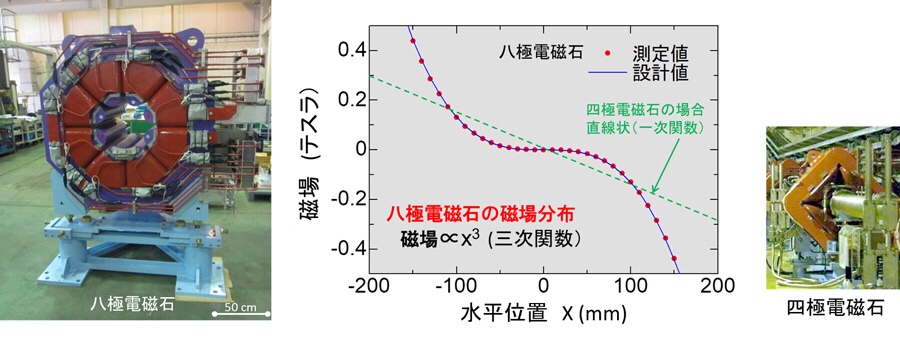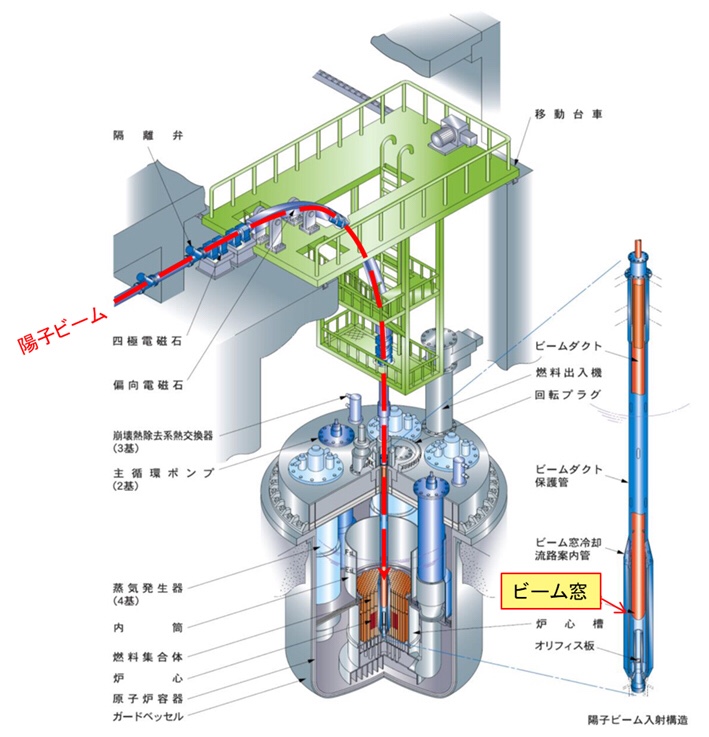

図1 ビーム整形に用いる八極電磁石(左)とその磁場分布(中央)。加速器でビームを輸送するための光学レンズのような収束・発散を持つ四極電磁石(右)は、直線状(一次関数)の磁場分布を持ち、ビームの幅を変えることはできますが、形状は変えられません。一方、極を八つ持つ八極電磁石は三次関数の磁場分布となり、電磁石の中心から離れるほど磁場が強くなります。この特性(非線形性)により、ビームの裾野だけを中心に畳み込むことができ、ビーム形状を平坦に整形できます。

図2 ビーム整形により電流密度を減少させる方法の概念図。線形光学ではビームの形状を変えられませんが、非線形光学ではビームの形状を平坦にすることができ、ターゲットの外側となる構造材にビームを当てずに、中心部の電流密度を下げることができます。

図6 加速器駆動システムの概要
J-PARC:陽子ビーム整形技術を開発:大強度加速器の安全運転(動画):
J-PARC:Proton beam shaping technology:Safety of intensity Accelerator:
J-PARC:质子束整形技术开发:高强度加速器的安全运行
-非線形光学を駆使したビーム整形法でターゲット損傷を軽減、施設安全運転に貢献-
J-PARC:
【発表の概要】
中性子源施設では、ターゲットの鉄鋼製容器が、大強度の陽子ビームに晒されます。
J-PARCの中性子源施設でも、鉄鋼製容器は、常にビームにより損傷します。
従来のビーム調整技術:
中性子源施設では、ビームの電流密度を下げて損傷を抑えることが重要です。
従来のビーム調整技術では、ビームの形状を変えられません。
その為、電流密度を下げることは困難でした。
八極電磁石によるビーム整形:
以前から、八極電磁石を用いると、ビームを平坦な形状に整形して電流密度を下げられることが知られていました。
しかし、この整形方法は、磁場などのパラメータ調整が複雑と考えられていたので、大強度ビームでの実用化は困難でした。
今回のビーム整形技術:
本研究では、このビーム整形法について詳細に解析。
結果、わずか2つのパラメータによりビーム形状が特徴づけられることを解明。
ビーム整形が容易にできるようになりました。
予測どおり、ビームを整形:
- このビーム整形法を実際に試したところ、
- 予測どおりにビームを整形でき、
- ビームの電流密度を30%低下できました。
大強度加速器施設の重要な技術
このビーム整形技術の開発により、J-PARCの中性子源施設では、さらに安定した大強度のビーム運転が行えるようになりました。
本成果は、将来の大強度加速器施設においてターゲットの損傷を抑制するための重要な技術です。
日本原子力研究開発機構:プレス発表
https://www.jaea.go.jp/02/press2020/p20072202/
Phys. Rev. Accel. Beams 23, 062802 (2020) –
Two-parameter model for optimizing target beam distribution with an octupole magnet
Shin-ichiro Meigo, Motoki Ooi, and Hiroshi Fujimori
Phys. Rev. Accel. Beams 23, 062802 – Published 23 June 2020
ABSTRACT
As hadron accelerators achieve increasing beam power, damage to targets is becoming increasingly severe.
To mitigate this damage,
nonlinear beam optics based on octupole magnets is attractive.
Nonlinear optics
can decrease the beam-focusing hazard due to failure of the rastering magnet.
As a side effect of nonlinear optics,
the beam size at the tail is known to expand drastically compared with linear optics, owing to defocusing in the nonlinear case;
this may cause severe beam loss downstream of the octupole magnets.
Beam shape and beam loss as a side effect of nonlinear optics have thus far been studied via a simplified filament model
that ignores beam-divergence spread at the octupole magnet, so that the problem may be treated by a simplified transfer matrix.
Several beam-tracking studies
have been performed for the specified case given by the specified emittance and Twiss parameters, whereas a simplified model is required for application to the pragmatic beam tuning.
In this study, a new generalized model
is proposed for application to an octupole magnet, regardless of the filament-model approximation.
It is found that the transverse distribution obtained by beam tracking can be specified by the introduction of only two parameters, namely the normalized octupole strength of
K∗8 and the cotϕ
of the phase advance from the octupole to the arbitrary position.
With the new generalized model, the distribution with allowable beam loss is studied in detail.
https://journals.aps.org/prab/abstract/10.1103/PhysRevAccelBeams.23.062802